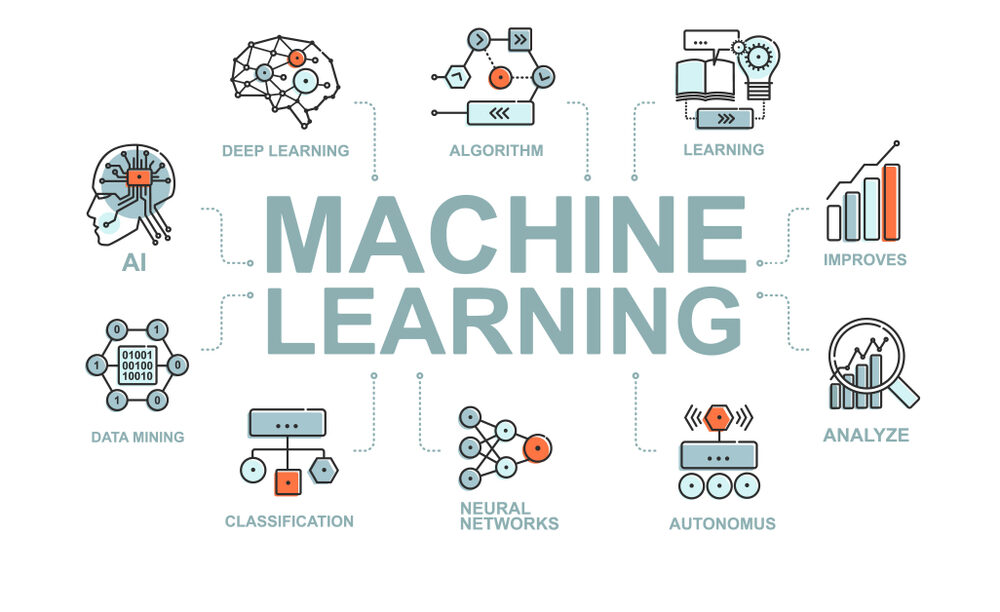
Artificial Intelligence is a term that is thrown around a lot. It is one of those buzz words that immediately captures the attention of people and kids alike. Although you might imagine A.I. as humanoid robots that take over the world by developing intelligence, the reality of it is very different. A.I. algorithms are computer programs that assist human beings in whatever they are trying to do. Just like how an Alexa made ordering things online much easier, A.I. algorithms in the classroom can make learning that much easier for students. We will go through all the different ways that an A.I. software in a classroom might be the teaching assistant that every teacher is looking for.
There is an argument to be made that the best way to improve the learning experience of students is to make sure that their teachers are only focused on teaching them. Bogging down teachers with tasks that are not related to teaching is a sure-fire way to decrease the quality of education. A.I. applications have progressed enough that they can check the attendance of the classroom with computer vision, they can also grade multiple-choice tests easily and accurately. A.I. applications can make sure that teachers spend less time grading tests and checking to make sure everyone is in the classroom, and more time focused on teaching.
Another guaranteed way to make sure that students learn more is to get as close to a teacher-student ratio of 1:1 as possible. If every student had one teacher teaching them a subject, then there would never be a student that performs badly. This may seem impossible in the current times, but it is possible with the help of A.I. There are machine learning applications that can monitor student behavior. These applications can provide feedback to the teachers on the effectiveness of their teaching method, at what time students started paying less attention, their sentiment, and confusion amongst the students. With the help of all these information, a teacher can get a glimpse of the state of their classroom.
A.I. can not only help a student by paying attention to them externally, but also by providing instant feedback on many of their assignments. There are applications like Grammarly that can be very helpful for students learning English. These applications can also provide feedback on their writings and suggest them better phrases and words to use. Using A.I. applications might be the only way to achieve the 1:1 teacher-student ratio.
If a teacher wants help managing a classroom full of students, but they do not have a teaching assistant readily available, an algorithmic teaching assistant might be just what they need. Believe it or not, in an A.I.-powered classroom, the machine learning model will behave as a teaching assistant. An A.I. model will teach the students by giving them the required lectures and notes, it will also test the students to determine where each student is having problems. Then the algorithm can decide to supplement the student with additional materials on the specific topics that the student has not completely understood. This makes learning a student-focused endeavor.
Everyone agrees that each child learns at their own speed. Putting children who learn at different speeds in the same classroom will hinder everyone’s learning process. A child who learns fast might lose interest when the teacher moves too slow, or someone who learns at a slower pace might find the speed of the teacher to be too fast. The only solution for this is a personalized learning profile for every student. There are applications like MagicBox that allow teachers to create e-Learning modules that adapt to a student’s learning speed. It allows students to move ahead based on how easily they grasp concepts.
Although there are so many advantages to using A.I.-powered platforms in our educational institutions, there are many disadvantages too. No A.I. model is perfect, and there will always be loopholes in the algorithms. Students can always find loopholes to skip past points they are not fond of. An obvious loophole in adaptive learning platforms is the fact that students can copy answers from the internet and the algorithm will be none the wiser. This will give the impression that the students are learning better than they actually are.
There is also an added risk of gamifying the process of finding loopholes. This will cause students to do anything and everything (except study) to find the right loophole in the algorithm. Although these students might have a future in finding bugs in software, this is not the goal of every class they take in school.
Although new technology in the form of machine learning and A.I. are readily available, they are not replacements for human teachers. There are many things that a teacher provides that can never be provided by machines, like an emotional connection with students. An algorithm might be able to recognize the emotional states of a human being and they might know what to say in that situation, but they are not the correct medium of communication for a human being. Pleasant words always sound better when they come from human beings as opposed to computers.
In conclusion, A.I. technologies can lighten the load of teachers by performing the administrative tasks for them, or by grading the assignments of students so that the teachers can focus completely on the students. Machine learning in the classroom can also help teachers keep an eye on the learning process of every student they have by collecting data from the students and informing the teachers of the students who are having difficulties in the classroom, or the ones who find it hard to pay attention. A.I. technologies will also behave as a teaching assistant in the classroom by making sure that every student is learning at their own pace. Educational institutions should accept that A.I. technologies will be able to focus on each individual and provide a personalized learning experience, but they should also recognize that human teachers can also never be replaced in certain applications.
